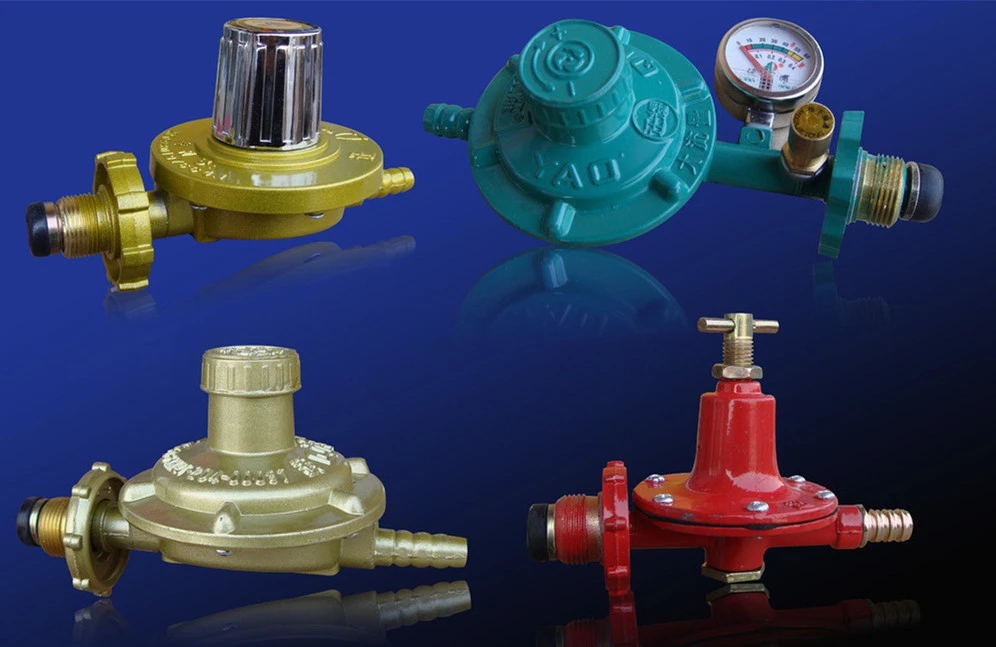(1) Breathing hole atop the gas pressure relief valve is used to adjust the amount of air to ensure the pressure can be controlled and the valve will not be clogged. In the past, many users do not understand the functions of the breathing hole above and don't want to clean the valve even it is dirty enough. Some people use a cloth to clean it, but carelessly, the breathing hole can be clogged during this process and thus will lead to unexpected accidents. Therefore, during the cleaning, if there is clogging, you should use a fine wire to deal with this problem, but be careful and don't puncture or damage the rubber film inside the valve.
(2) If the position of the LPG cylinders isn’t meet the requirement, it is possible to make the liquefied petroleum gas flow into the gas pressure relief valve, causing dissolution and expansion of rubber seal ring so that the gap of air inlet will be smaller or blocked, and finally influence the normal use of the valve. Further more, it is easy to make the rubber seal ring broken. Due to the corrosive effect of LPG, there will appear potholes and leakage problem after long-term use. Therefore, the gas pressure relief valve should be checked regularly.
(3) Aging of rubber film is a common reason for leakage problem of gas pressure relief valve. It is understood that many users will upside down the cylinders and use hot water or fire to heat the cylinder in order to run out of the last gas, which would make the debris at the bottle enter into the valve cavity and age the diaphragm after a long time use and finally cause leakage problem. For security, all these practices are not allowed.
(4) The structure of gas pressure relief valve is quite rigorous and the valve must be carefully assembled, debugged and rigorously tested before leaving the factory. So users are not allowed to disassemble or twist the connecting parts randomly, such as screws and other things, so as not to reduce the performance of sealing and decompression, as well as to avoid the fire accident which is caused by high-pressure direct air supply during disassembling process.
